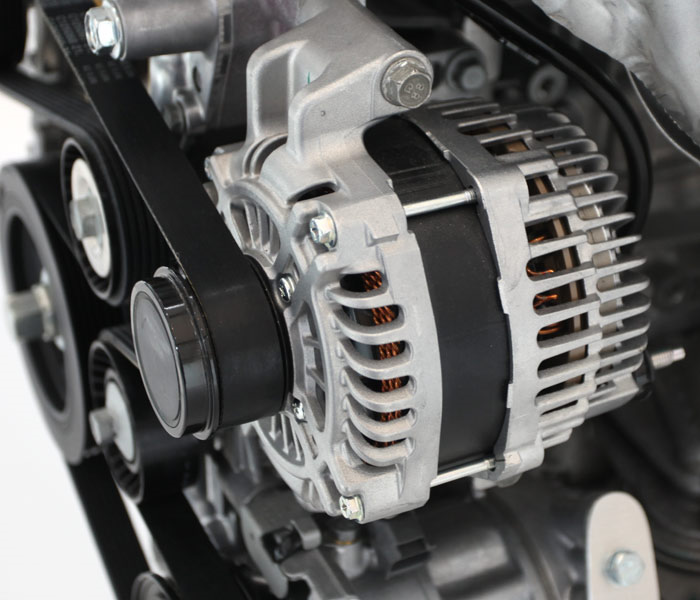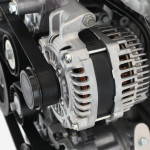Alternator failures are predictably never caught in time, keeping on top of your vehicle maintenance can save you hundreds of pounds and the need to replace your alternator through neglect.
Below are the latest technical statistics labelling the most popular alternator failures.
68% of all alternator failures are due to a faulty or weak battery.
15% of all alternator failures are due to poor electrical connections, fusible links, bad battery cables and bad grounds. Cables can be tested by verifying that the voltage drop doesn’t exceed ½ volt from end to end.
10% of all alternator failures are due to belt wear or improper adjustment. Check for cracks, polished wear on the belts and proper tension.
7% of all alternator failures are due to jump starting another car improperly. Failure to disconnect connection on the alternator may cause voltage spikes.
Before installing a new alternator you must be certain of a fully charged battery.
Never remove the battery cables from the batteries to check the charging system. This will cause damage to the alternator and also the computer system (ECU).
Failures on pump type alternators are often caused by dirty oil in the vehicle. You must check the fluid is clean before installing a new pump type alternator unit.
Top five signs of alternator failure;
 1. A dead or weak battery.
1. A dead or weak battery.
While not technically an alternator problem, a car that won't start is a definitive notice from your car that there's a problem in the starting system. When the key is turned, you'll hear a tell-tale clicking of relays ticking over but nothing else happens. After a time, even that noise stops. The immediate problem is usually a dead battery.
2. Broken or loose connections.
Alternator electricity is piped through large cables and smaller wires. Any problems within the wires, cables or the connections at either end can reduce or stop electricity from getting through.
3. Sight, sound & smell.
Sight: Mechanics are accustomed to customers complaining of classic alternator issues, and then opening the bonnet to find the belt missing.
Sound: The alternator pulley spins on a shaft, which in turn is supported by either bearings or bushings. The alternator pulley typically spins about two or three times faster than the crankshaft pulley to produce the power necessary at lower engine speeds, such as at idling. A growling or whining noise will let you know there's a problem.
Smell: The scent of burning rubber or hot wires will often accompany alternator failure. A pulley that isn't in alignment or not turning freely will cause more friction on the belt, which creates heat and then the smell of burning rubber. The hot wire scent can be caused by an overheated alternator, one pushing too much power through.
4. Dim or super bright lights.
Since the alternator supplies the vehicle's electrical needs, when it begins to lose its potential so do the accessories that draw on that electricity. Drivers may begin to experience erratic symptoms ranging from dimming or extremely bright headlights and dash lights, to speedometers that simply stop working for no reason.
5. Warning lights.
This alternator and battery lights are linked to the computer system (ECU) within the car monitoring the voltage output of the alternator. If the alternator's output goes below or above a pre-set limit then the dash warning lights will come on, or in extreme cases all the dash lights will light up.
